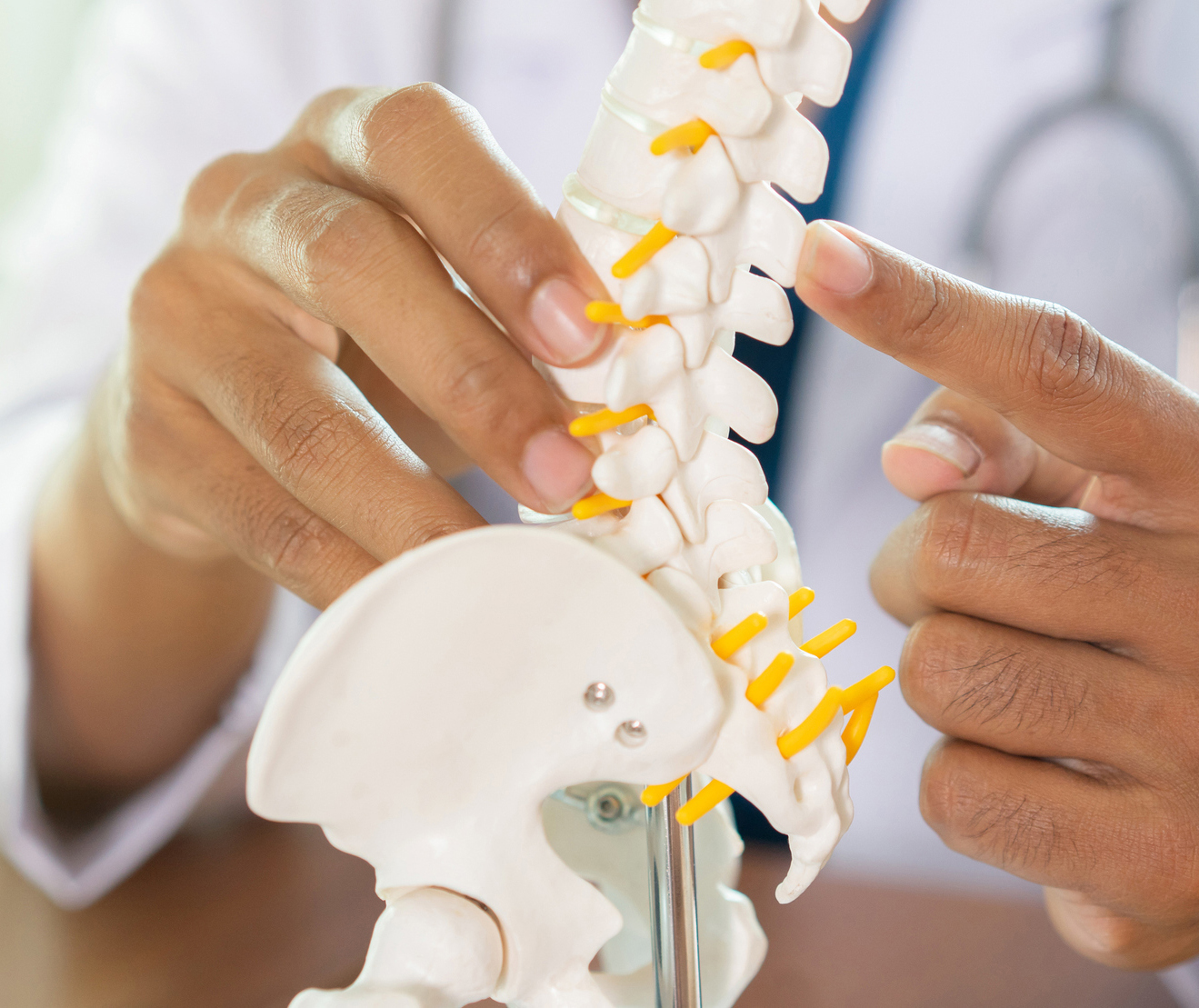
Back/Leg Pain
Serving the South Florida area with locations in Hollywood and Miami, FL
Dr. Andreas C. Tomac, MD, PhD, FAANS is a distinguished neurosurgeon specializing in diagnosing and treating ankylosing back/leg pain.
Treating Back/Leg Pain

How is back/leg pain diagnosed?
The diagnosis of back and leg pain, including conditions like herniated discs or spinal disorders, involves a thorough evaluation, and a neurosurgeon such as Dr. Tomac may be involved in the diagnostic process. Here are common steps in the diagnosis:
- Medical History: Dr. Tomac will gather a detailed medical history, including information about the onset, duration, and characteristics of the pain, as well as any factors that may exacerbate or alleviate the symptoms.
- Physical Examination: A physical examination will be conducted to assess the patient’s range of motion, reflexes, muscle strength, and any signs of neurological involvement. Dr. Tomac may perform specific tests to identify the source of pain.
- Imaging Studies: Imaging tests such as Magnetic Resonance Imaging (MRI) or Computed Tomography (CT) scans may be ordered. These tests provide detailed images of the spine, discs, and surrounding structures, helping to identify abnormalities like herniated discs or structural issues.
- Discography: In some cases, discography may be recommended. This involves injecting a contrast dye into the affected disc to assess its structure and identify areas of leakage, helping to pinpoint the location of issues like herniated discs.
- Nerve Conduction Studies (Electromyography – EMG): These studies may be conducted to assess nerve function and identify areas of nerve compression or damage.

What treatments are available?
Treatment options for back and leg pain, including those involving a neurosurgeon like Dr. Tomac, depend on the underlying cause and the severity of the condition. Here are common treatment approaches:
Conservative Treatments:
- Medications: Pain relievers, anti-inflammatory drugs, and muscle relaxants may be prescribed to manage pain and inflammation.
- Physical Therapy: Targeted exercises to strengthen core muscles, improve flexibility, and correct posture.
- Heat/Ice Therapy: Application of heat or cold packs to alleviate pain and reduce inflammation.
- Activity Modification: Adjustments to daily activities to avoid exacerbating the pain.
Interventional Procedures:
- Epidural Steroid Injections: Injections into the epidural space to deliver anti-inflammatory medication and reduce pain and inflammation.
- Nerve Blocks: Injection of anesthetic agents to block pain signals from specific nerves.
Surgical Options:
- Discectomy: Surgical removal of the herniated portion of a disc to relieve pressure on nerves.
- Spinal Fusion: Joining two or more vertebrae to stabilize the spine, often performed when there is instability.
- Artificial Disc Replacement: Replacement of a damaged disc with an artificial one to maintain spinal mobility.
